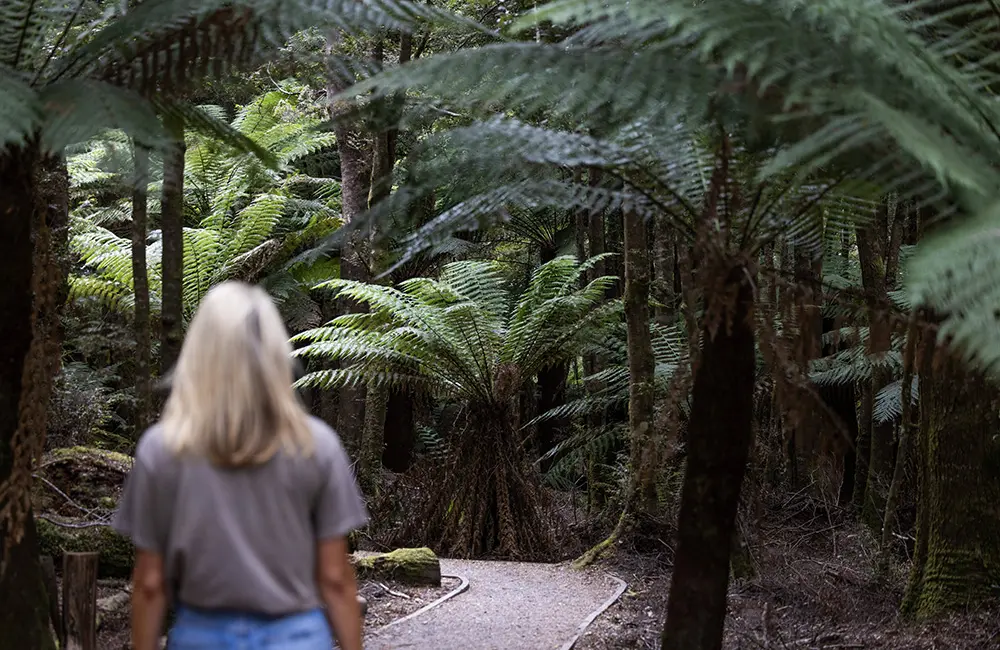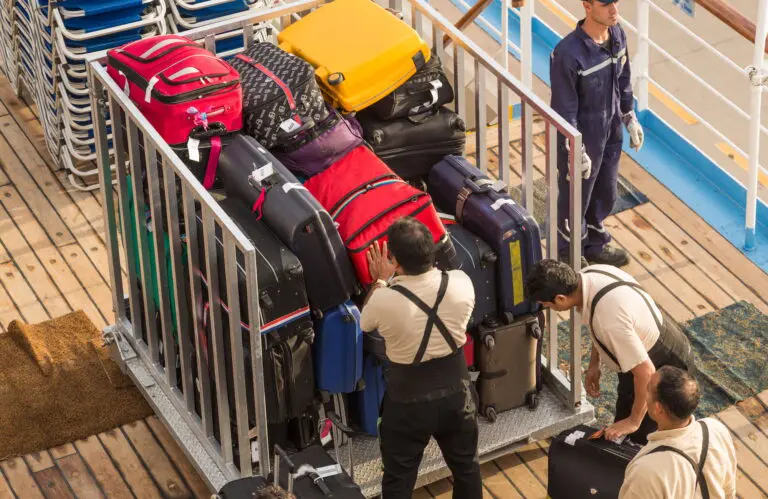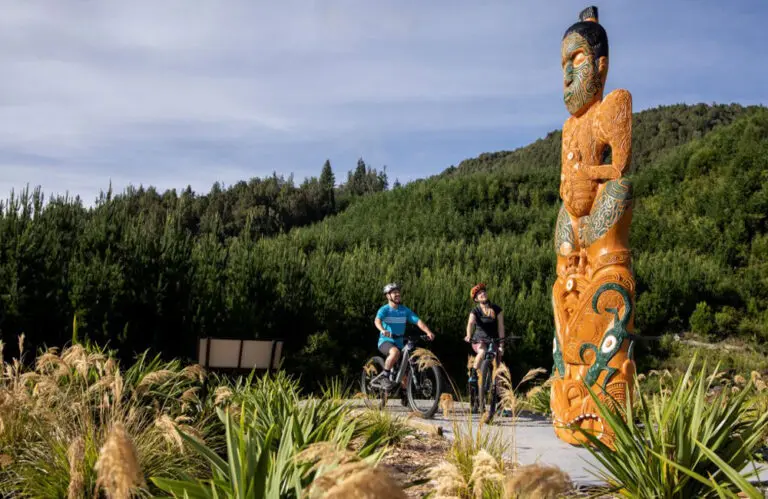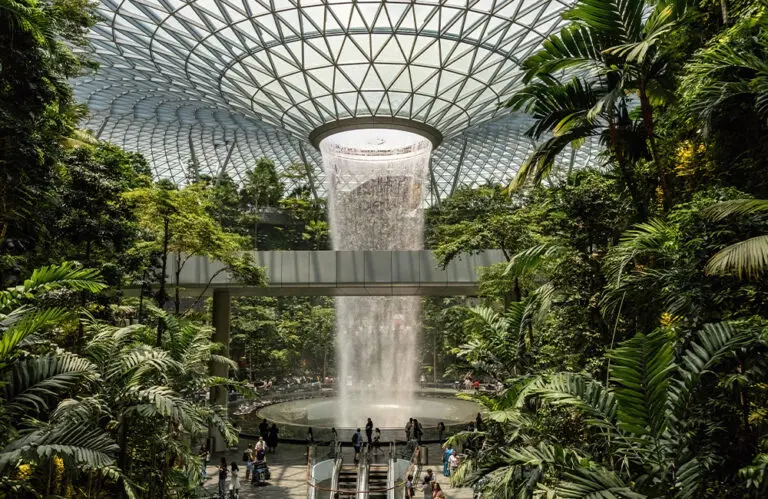Less than one in five Australians has ventured beyond the nation’s five biggest cities. At the same time, award-winning regional towns remain undiscovered, highlighting a regenerative tourism gap in our domestic travel habits.
As many international destinations support dispersing visitation to regional areas, it highlights an opportunity for Aussies to also focus on regenerative tourism strategies.
New data from Big Red Group experience operator network shows more than half of Aussies have visited Sydney (53%) and Melbourne (50%) and coastal hotspots, such as Gold Coast (35%) and Byron Bay (22%), also draw plenty of domestic holidaymakers.
The online survey of 1,000 Australians shows 47 per cent of Aussies believe Sydney is at risk of overtourism with Melbourne not far behind.
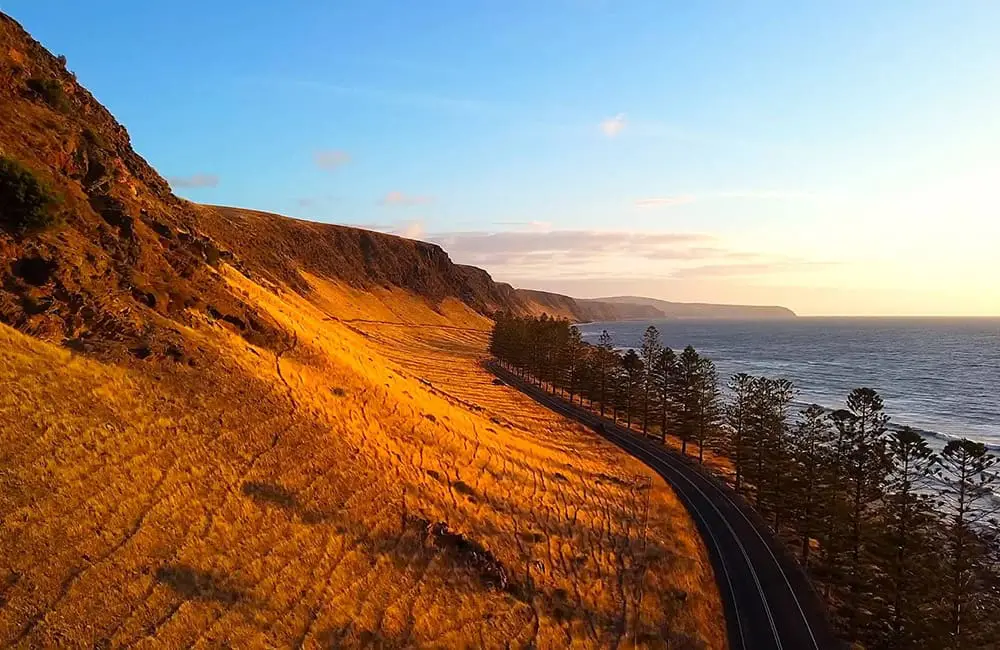
Despite those views, Sydney, Melbourne and Gold Coast are the top three destinations still the most visited by domestic tourists, underlining the tension between awareness of overcrowding and entrenched travel habits.
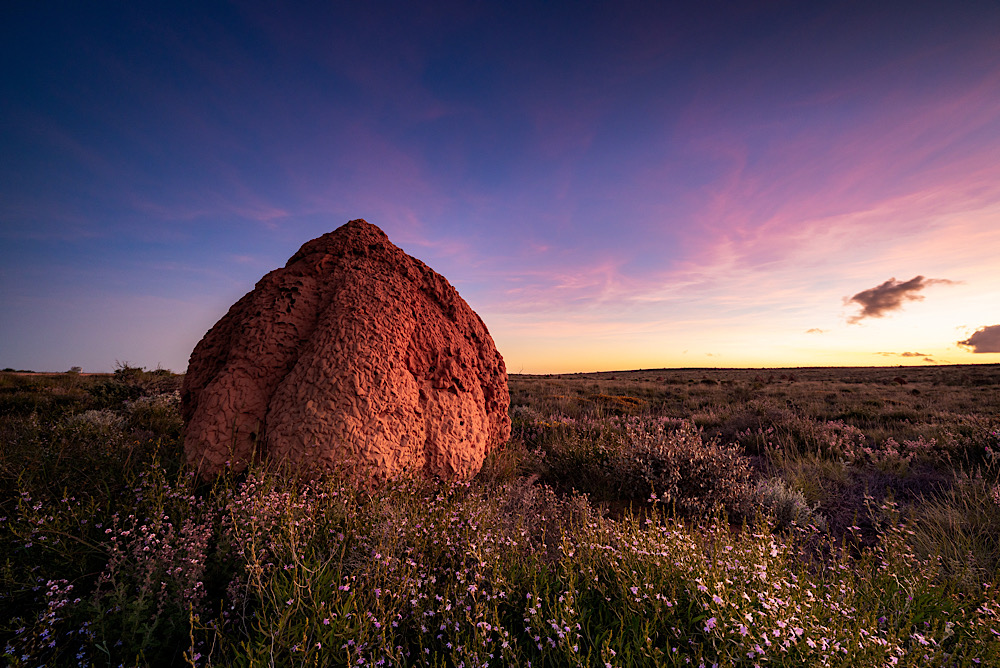
Meanwhile, some of the nation’s most awarded destinations, such as Exmouth, WA (1.8%), Stanley, Tasmania (2.9%) and Normanville, SA (2.1%), are undiscovered by the vast majority, despite recognition in this year’s Top Tourism Town Awards.
The national research also uncovers a clear disconnect. While almost two-thirds of Aussies (64.4%) say they’re inspired by friends, media or social platforms to explore beyond the usual hotspots, inspiration alone isn’t enough to get them there when travel options remain limited and costs prohibitive.
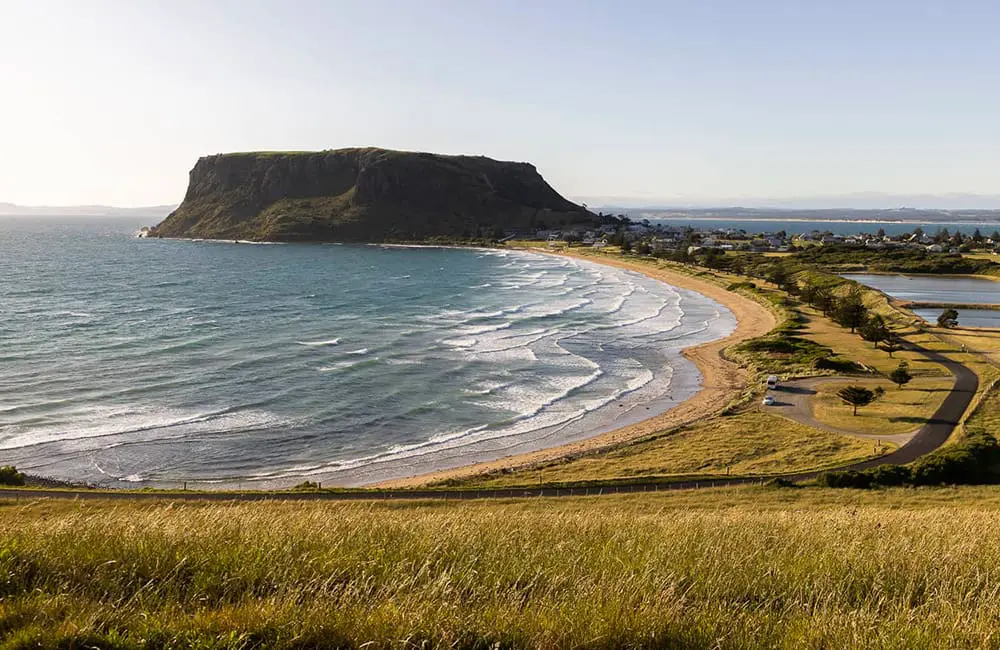
Some of the barriers to support regenerative tourism to regional areas cited include cost (44%), access challenges (24%), and 14 per cent simply don’t know where to go.
Big Red Group CEO David Anderson said key issues, such as affordable transport options and rising airfares, deter visitors from reaching regional areas and spending with local businesses.
“Regional tourism is undoubtedly a cornerstone of Australia’s economy and our nation. Yet, growth is stifled by infrastructure gaps and limited accessibility,” he said, noting the need for a long-term, strategic plan for regions to thrive and attract visitors.

